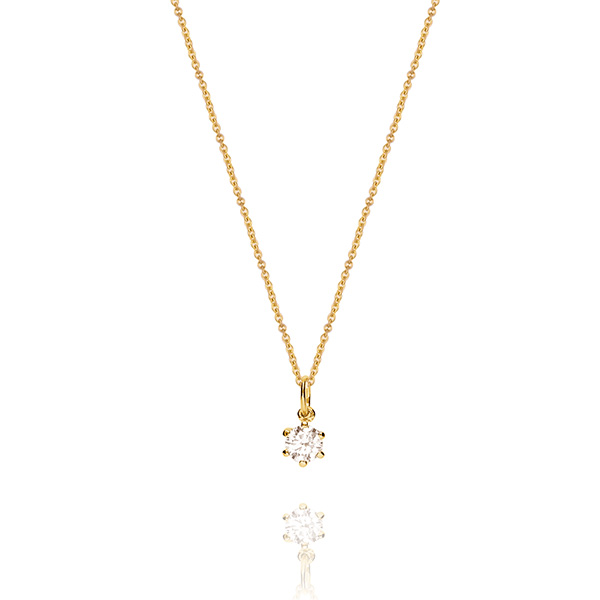
There is no shortage of media coverage of the lab-grown diamond category. Below are excerpts from three articles published by major news outlets between January and March that tackle the created-diamond topic, with varying degrees of bias.
“Lab-Grown Diamonds: The Sparking But Complicated New Front of Luxury Jewelry”
On Feb. 12, business reporter Sissi Cao published a piece on Observer.com that paints a positive, if appallingly one-sided, picture of lab-grown diamonds.
She quotes Alex Weindling, the CEO and cofounder of Great Heights, an online retailer of lab-grown diamonds whose grandfather owned diamond mines in Africa.
“I was really done with the diamond business,” he tells Cao. “I just felt it’s on the wrong side of history.”
The article also quotes Steve Coe, CEO of Lightbox, explaining why the brand chose to focus on lab-grown diamonds in the fashion jewelry space and not on engagement rings.
Jewelry industry veterans may be disappointed to find Cao’s reporting rooted in antiquated stereotypes.
For example, she writes: “The diamond industry has, for over a century, been portrayed by media as an evil monopoly, in which a handful of mining giants manipulate the supply and demand (and hence the price) while blindly ignoring the high environmental and humanitarian costs associated with their business.”
“But over the last few years,” she continues, “the diamond cartel has seen a crop of challengers who offer a formidable alternative: lab-grown diamonds that are chemically and physically identical to their natural counterparts but much cheaper and friendlier to the environment.”
To get the real scoop on how mined and lab-grown diamonds fare on environmental scorecards, read JCK news director Rob Bates’ deep dive into the subject, both on his Cutting Remarks blog and in the June 2019 issue of JCK.
“Are Laboratory-Grown Diamonds the More Ethical Choice to Say ‘I Do’?”
Alex Weindling appears to be the unofficial spokesperson for the lab-grown diamond category, judging by how often he’s cropped up in recent press coverage. In addition to appearing in the Observer piece noted above, Weindling’s name appears no fewer than 16 times in this Guardian article published on March 10, in which he bashes the mined diamond trade that formed the basis of his family’s business.
“That era of diamond mining was ‘so devastatingly ugly Isis will start looking like good guys,’ ” Weindling tells reporter Oliver Milman. “It was dreadful. It was criminal. It was unforgivable.”
The piece also quotes a “De Beers spokesman” as well as a couple of jewelry bloggers and a minerals expert at the University of Delaware, who add some nuance to what otherwise reads as an attack on the traditional diamond trade.
“Lab-Grown Diamond Producers Fight Back in Eco-Friendliness Dispute”
By the far the most balanced of the three pieces summarized here is this Financial Times article published in late January. Not only does the story highlight the warnings issued by the Federal Trade Commission last spring to lab-grown producers over misleading marketing claims, but it also name checks the Lab Grown Diamond Council and quotes an executive with SCS Global Services, the third-party certifier working with the council to create standards around sustainability.
If you’re looking for an accurate, fact-based take from the consumer media on how the diamond industry’s two sides are tackling the debate over sustainability, consult the FT and ignore the rest. (Note, however, there is a paywall.)
Top: Stellar solitaire lab-grown diamond pendant in 14k yellow gold, $975; Lark & Berry
Follow JCK on Instagram: @jckmagazineFollow JCK on Twitter: @jckmagazine
Follow JCK on Facebook: @jckmagazine